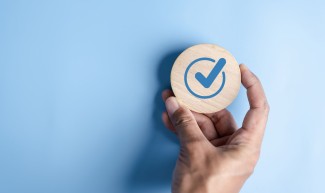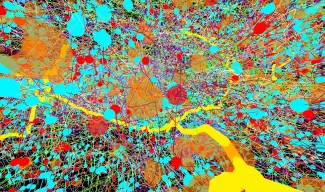Because the quality of scientific discoveries depends very strongly on the match between research projects and the evolution of technology, Paris Brain Institute offers you, in this new series of articles, to discover the work carried out by its core facilities to constantly adapt to technological advances and the requirements induced by scientific research. First stop at the Magnetoencephalography and Electroencephalography (MEG-EEG) core facility and its cutting-edge R package for MEG-EEG statistical analysis, carried by Lydia YAHIA CHERIF, research engineer on the MEG-EEG core facility & Ivan MOSZER, operational manager of Paris Brain Institute bioinformatics and biostatistics core facility, iCONICS.
The MEG-EEG center provides infrastructure and computing tools as well as technical and scientific support to researchers for data acquisition and analysis.
The growing complexity of neuroscience research results in elaborate experimental designs with multimodal recordings. MEG-EEG experiments are increasingly integrating MRI, physiological parameters (heart, skin and motion), neuropsychological results (tests scores) and behavioral data. Moreover, mixed designs with unequal sample sizes, multiple variables vs. insufficient observations are more and more frequent.
Conventional techniques such as standard repeated measures ANOVA with a simple variance-covariance matrix are unable to handle such situations. Advanced techniques are thus required, such as random and fixed effects GLM, linear mixed effect models, PLS techniques. Except for SPM, which is dedicated to MRI analysis, t-test with multiple comparisons correction is most often the unique test provided by the existing toolboxes for MEG-EEG data analysis.
There is a pressing need for a software solution that integrates methods for multivariate statistical analysis of electro-physiological data, and proposes advanced and innovative techniques adapted to MEG-EEG recording structure and experimental designs.
Therefore, Lydia YAHIA CHERIF and Ivan MOSZER are currently developing an R package dedicated to statistical analysis of MEG-EEG data, which integrates state of the art methods adapted to MEG-EEG data structure. This R package will be the first one dedicated to MEG-EEG statistical analysis. As an R package, it will be open to external contributions and will be enhanced and maintained in the long term. Given the evident lack of statistical tools for MEG-EEG signals, this package will be most probably highly welcomed by the international community.







